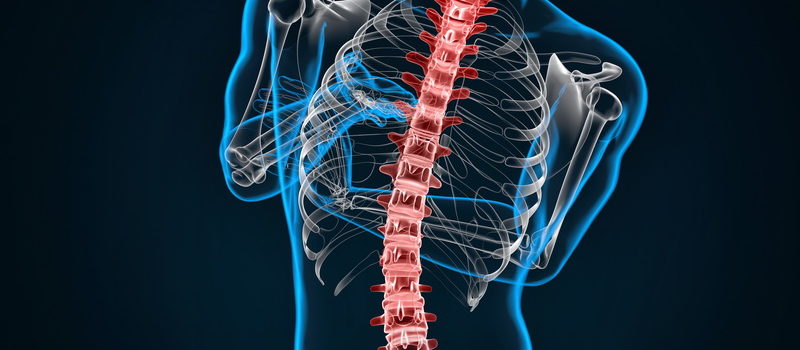

Physical Therapists are professionals, educated and trained to administer interventions. As defined by The Guide to Physical Therapist Practice, interventions are the skilled and purposeful use of physical therapy methods and techniques to produce changes consistent with the diagnosis, prognosis and patient or client’s goals.
Your physical therapist will perform a thorough evaluation to assess and determine the following:
Spinal examination: the patient is put through a series of movements and tests to determine the most probable cause of the back pain.
Strength: resisted testing is performed to determine if there is associated weakness or strength imbalances.
Flexibility: tight muscles can contribute to poor mechanics and weakness creating imbalances and making one more susceptible to disc and back injuries.
Posture Analysis, ADL’s and technique: a physical therapist will discuss and observe the activity that may have started the problem. Examination of dynamic and static postures that may have caused or contributed to your current back problem. A review of your current activities at home and work that may or may not be the cause of or prolong the symptoms of your condition.
Physical therapy for back and disc problems must remain conservative at the onset to avoid aggravating the condition. Emphasis will be on rest, reducing the inflammation and increasing the blood circulation for healing. Once the initial inflammation has been reduced, a program of stretching and strengthening will be initiated to restore flexibility to the joints and muscles involved while improving the strength and stability of the spine. Each program design will be based on the structure causing the problem and symptoms. A program not tailored to the specific problem may aggravate symptoms.
Common Physical Therapy interventions in the treatment of Thoracic Spine Slipped Disc include:

Manual Therapeutic Technique (MTT): hands-on care including soft tissue massage, stretching and joint mobilization by a physical therapist to improve alignment, mobility, and range of motion of the thoracic spine. The use of mobilization techniques also helps to modulate pain.
Therapeutic Exercises (TE) including stretching and strengthening exercises to regain range of motion and strengthen muscles of the back and abdominals to support, stabilize and decrease the stresses placed on the disc and back.
Neuromuscular Reeducation (NMR) to improve posture, restore stability, retrain the patient in proper sleeping, sitting and body mechanics to protect the injured disc and spine.
Modalities including the use of ultrasound, electrical stimulation, ice, cold laser, traction, and others to decrease pain and inflammation of the spinal structures.
Home programs including strengthening, stretching and stabilization exercises and instructions to help in the performance of daily tasks and progress to the next functional level.
Most disc problems improve without surgery and return to normal function. Duration of treatment can range from 4 to 12 weeks depending on the severity of the symptoms. Patients need to continue with a regiment of stretching, strengthening and stabilization exercises. Use of proper body mechanics and awareness of the do’s and don’ts for a healthy back are necessary for a good long-term prognosis.
For additional information about physical therapy, contact our team of Health Plus Physical Therapy and Rehabilitation Center, Edison, NJ today at 2114 Oak Tree Rd, Edison, NJ 08820 or Call us on 732- 494-5999.
